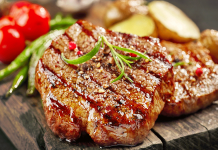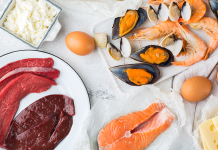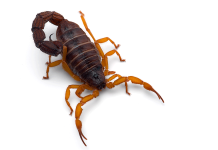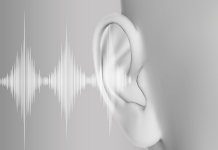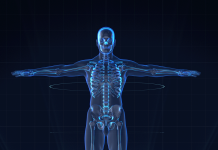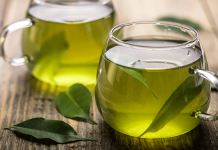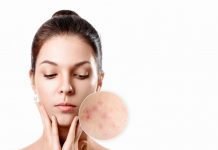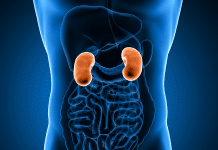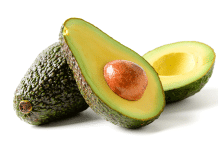Fat, fat, fat! Would all of our weight loss problems be solved if we just eliminated fat from our diets? Unfortunately, it’s not that simple. We actually need fats — can’t live without them.
Bad fats, found in processed foods, are an inexpensive way to extend the shelf life of foods. While bad-fats have been helpful for food manufacturers, they’re considered harmful for humans—which is why it’s so important to eliminate bad-fats in your family’s diet. They are unnaturally produced through the process of hydrogenation, where hydrogen is added to liquid vegetable oil. This process converts the oil into a solid fat at room temperature.
Consider watching this video to know more about what are good and bad fats….
Bad-fats are most often found in fried foods, savory snacks, frozen pizzas, baked goods, margarine, ready-made frosting, and coffee creamers. Consuming bad-fats has been linked to increased levels of “LDL cholesterol, lowered levels of “good” HDL cholesterol, and increased plaque in blood vessel walls. This increases the risk of developing heart disease — the leading cause of death for both men and women in the world.
We are going to tell you remedies to avoid eating foods that contain bad fats:
- Eat more whole foods like fruits, vegetables, whole grains, beans, lean meats, fish, nuts, and lean poultry. Shop the perimeter of the grocery store and avoid inner aisles where you’re more likely to find processed foods that may contain bad fats.
- Cut back on the consumption of processed foods. Eat these foods less often and in smaller portions. Fried foods, such as French-fries and hamburgers, are usually cooked in vegetable oils, which may harbor trans-fats. Furthermore, the trans-fat concentration increases each time the oil is reused.
- Butter has around 50% saturated fat and 4% trans-fat. Some people think butter is more ‘natural’ than margarine spread. A better ‘natural’ choice would be using olive oil, avocados, nut butter, or tahini, so try those instead. Compared to butter, these foods provide unsaturated fats, minimally saturated fats, and no trans-fat. They are all part of a heart-healthy eating pattern.
- Not all processed foods contain bad fats. When you do eat processed foods, avoid processed foods known to contain bad fats such as chips, cookies, donuts, icing, cakes, biscuits, microwave popcorn, crackers, fried fast foods, and frozen pizzas.
- Read food labels and avoid foods with partially hydrogenated oil listed as an ingredient. One does have to play a diet detective to know if a food contains artificial trans-fats. Start by looking at the ingredient list on the food label.
- Avoid stick margarine and vegetable shortening. Swap this for olive oil, grape seed oil, canola oil, soybean oil, corn oil, or sunflower oil when baking or preparing meals at home.
- Whether dining in or out, avoid fried foods. Choose foods that are baked, steamed, broiled, or grilled. At home, grill burgers, and bake — don’t fry — potato chips or wedges to make a side dish — steam, boil, or roast vegetables, instead of cooking them.
- Air-popped popcorn is popular and healthy snack food. It’s full of fiber but low in fat and calories. However, some varieties of microwavable popcorn harbor bad fats. Food companies have historically used partially hydrogenated oil in their microwavable popcorn due to its high melting point, which keeps the oil solid until the popcorn bag is microwaved.
- Non-dairy coffee creamers, also known as coffee whiteners, are used as a substitute for milk and cream in the coffee, tea, and other hot beverages. The main ingredients in most non-dairy coffee creamers are sugar and oil. Non-dairy creamers were traditionally made from partially hydrogenated oil to increase shelf life and provide a creamy consistency. However, many brands have gradually reduced trans-fat content in recent years.
It’s easy to get confused about good fats vs. bad fats, how much fat we should eat, and how to get rid of bad fats. Follow the steps mentioned in our video to get a clear understanding!
Until Next Time,
Team Doctor ASKY!
